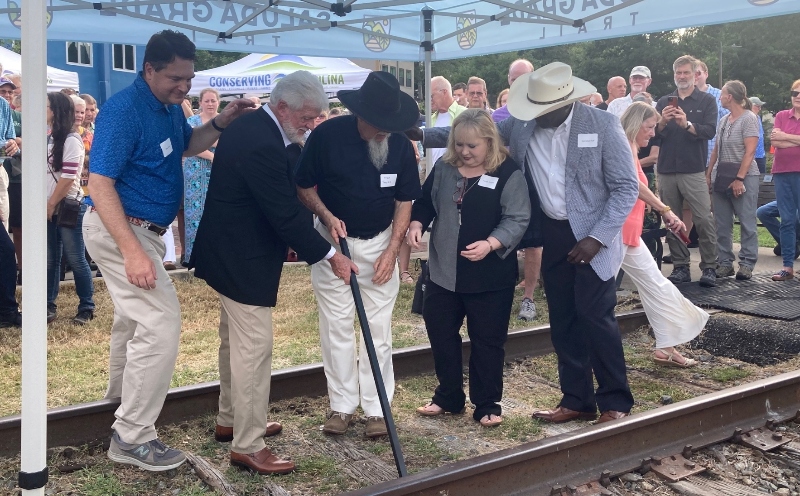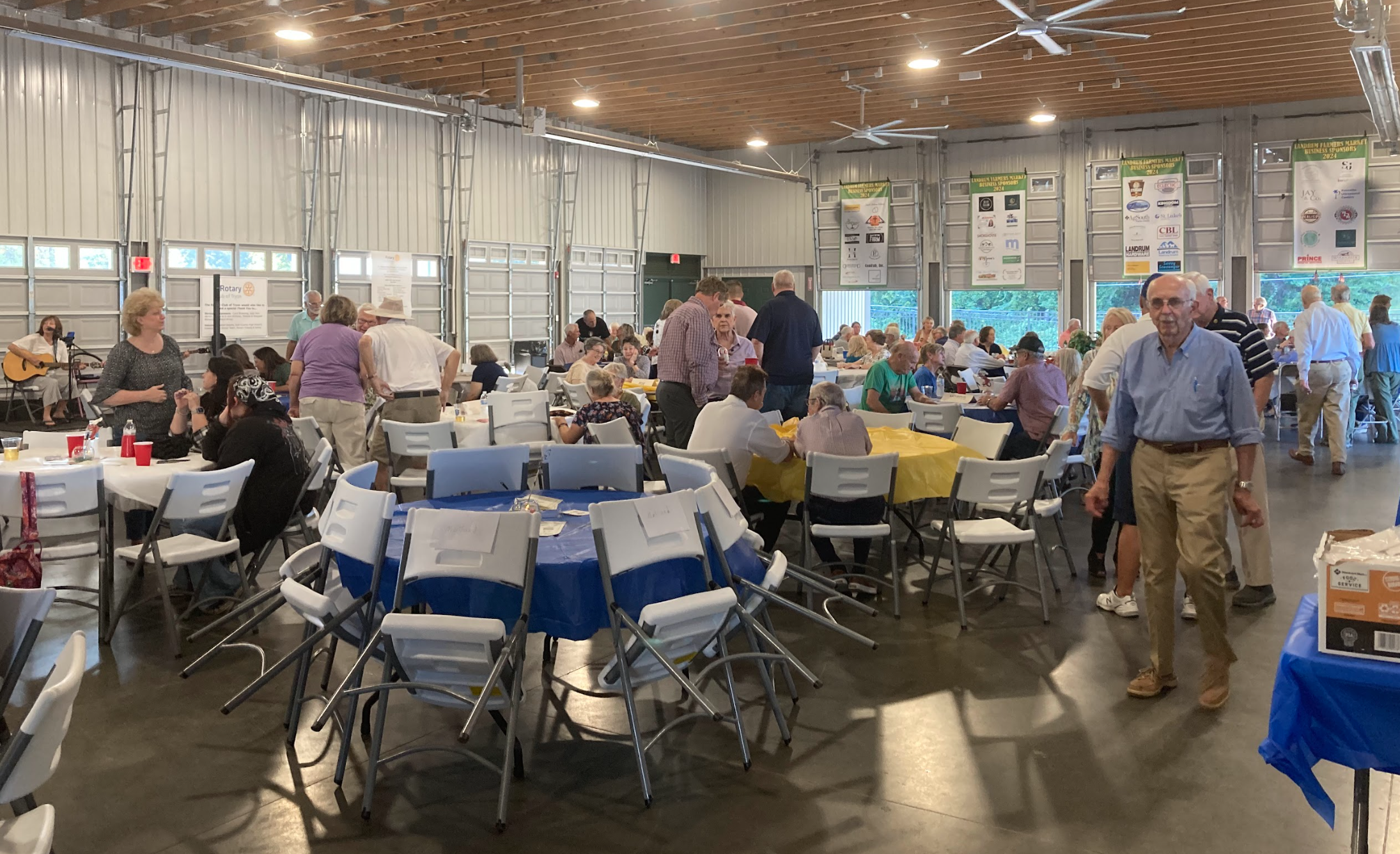Bud Morgan last person from Dark Corner to be hanged
Published 10:00 pm Tuesday, March 22, 2016
Public executions by hanging, a barbaric practice which always morbidly attracted large gatherings of onlookers, came to an end in Greenville County on December 9, 1905, with the hanging of Fletcher Byrd for his role in the killing of a Magistrate Cox at Simpsonville.
The gallows was put away never to be re-erected. The state legislature began deliberations to find a less barbaric method of execution, which would be done in one central place in the state, the South Carolina Penitentiary. A new law was mandated, effective January 1, 1912, that established the electric chair for state executions.
The last person from the Dark Corner area to be hanged was J.W.J. “Bud” Morgan, who lived just inside South Carolina about six miles south of Saluda, N.C., in what is now the giant watershed of Poinsett Reservoir.
Trending
Morgan was an affable fellow and the father of seven small children, but he had a fateful flaw. He relished the taste of good moonshine, which he occasionally made and more often consumed. Sometimes it affected his reasoning abilities.
He was drinking one afternoon and riding his horse on Callahan Mountain Road south of the North Saluda River when he met his father-in-law, Riley “Wash” Hipp. It was not their usual greeting.
Hipp was upset because he felt that Morgan had been paying too much attention to his wife’s sister, and told him so.
Morgan overreacted to the accusation, first turning away, then slipping up behind Hipp and shooting him.
When Morgan returned home, the first thing he said was, “They say I have killed ‘Wash’ Hipp.” The news was devastating to the family.
Morgan was arrested and taken to the county jail in Greenville. He was tried, convicted and sentenced to hang.
Trending
He spent three years in the county jail waiting for a successful outcome to appeal after appeal. None came. Finally, on June 1, 1904, the date set by the court for the hanging, Sheriff P.D. Gilreath escorted Morgan to the gallows set up beside the jail.
Before he mounted the steps leading to the hangman’s noose, he turned to his sons and said, “Never drink whiskey, nor kill a man. You see what it has done for me.”
After the execution, Morgan’s family wanted to bring his body back to his home area for burial near other deceased family members at Mountain Page Church cemetery just across the state line.
Several members of the church and community objected to Morgan being buried there because he had been hanged.
William Russell had access to church records, which contained a notation that “Bud” Morgan had contributed fifty cents toward the purchase of the land for the cemetery. He was successful in proving that Morgan was, indeed, entitled to be buried there.
The crowd of family members and friends at his burial outnumbered the onlookers present at his hanging.





